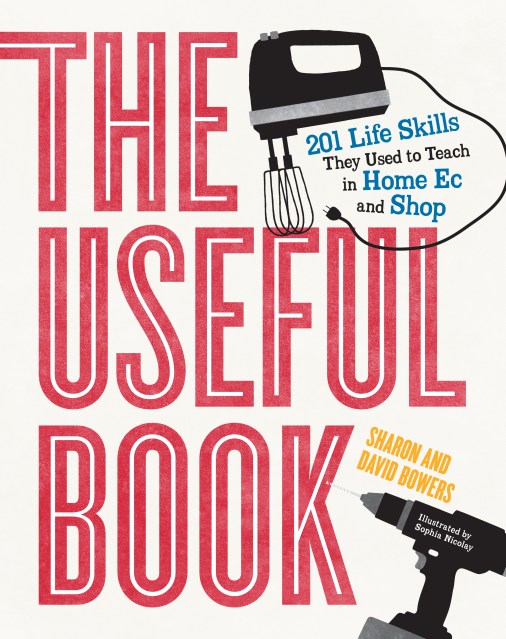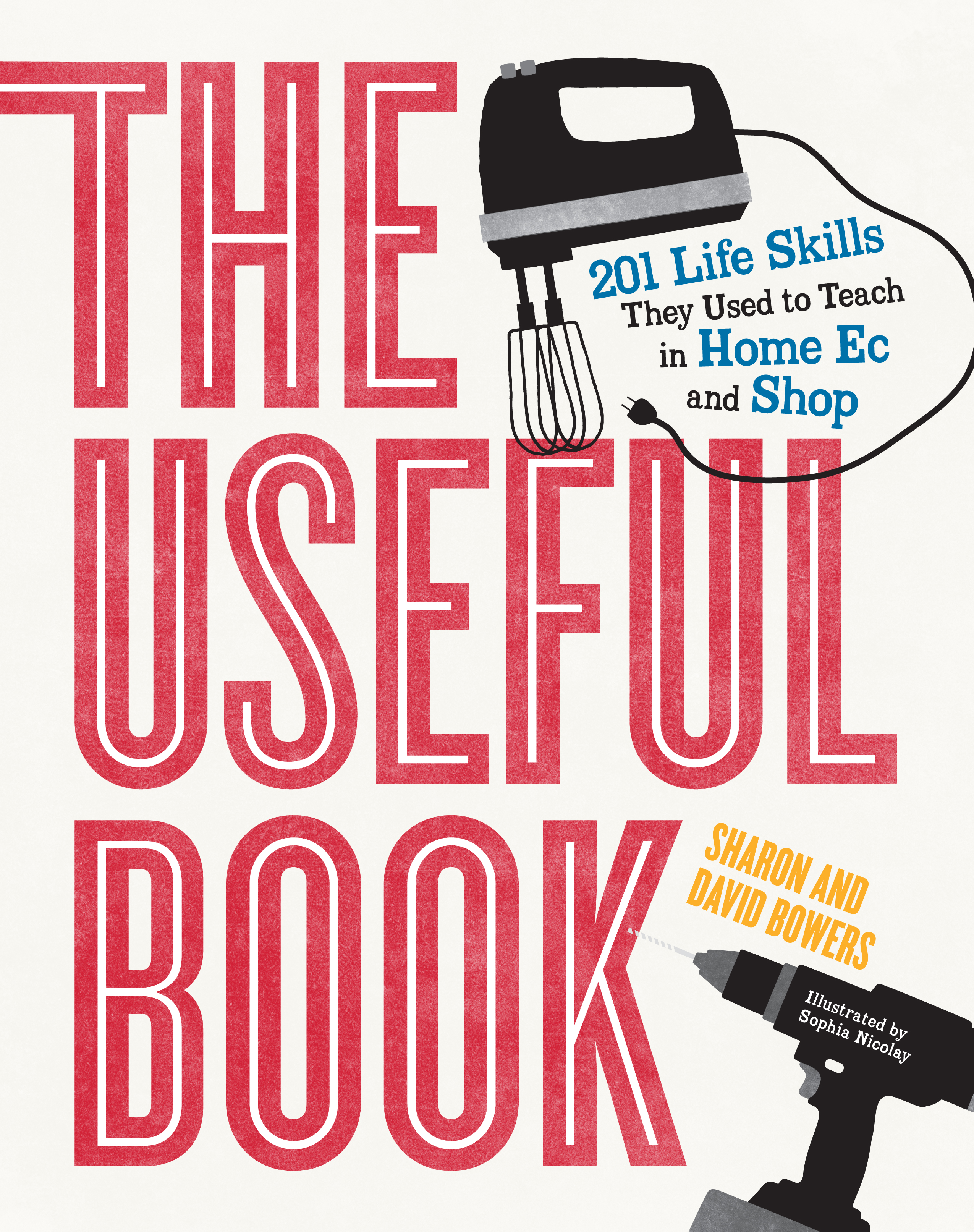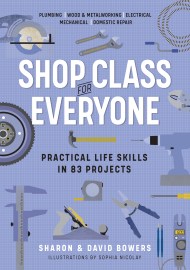The Useful Book
201 Life Skills They Used to Teach in Home Ec and Shop
Contributors
By David Bowers
Formats and Prices
Price
$11.99Price
$15.99 CADFormat
Format:
ebook (Digital original) $11.99 $15.99 CADThis item is a preorder. Your payment method will be charged immediately, and the product is expected to ship on or around June 14, 2016. This date is subject to change due to shipping delays beyond our control.
Also available from:
A modern and energetically designed encyclopedia of DIY with everything you need to know to roll up your sleeves and cook it, build it, sew it, clean it, or repair it yourself. In other words, everything you would have learned from your shop and home ec teachers, if you’d had them.
The Useful Book features 138 practical projects and how-tos, with step-by-step instructions and illustrations, relevant charts, sidebars, lists, and handy toolboxes. There’s a kitchen crash course, including the must-haves for a well-stocked pantry; how to boil an egg (and peel it frustration-free); how to grill, steam, sauté, and roast vegetables. There’s Sewing 101, plus how to fold a fitted sheet, tie a tie, mop a floor, make a bed, and set the table for a formal dinner.
Next up: a 21st-century shop class. The tools that everyone should have, and dozens of cool projects that teach fundamental techniques. Practice measuring, cutting, and nailing by building a birdhouse. Make a bookshelf or a riveted metal picture frame. Plus: do-it-yourself plumbing; car repair basics; and home maintenance, from priming and painting to refinishing wood floors.
- On Sale
- Jun 14, 2016
- Page Count
- 448 pages
- Publisher
- Workman Publishing Company
- ISBN-13
- 9780761187141
Newsletter Signup
By clicking ‘Sign Up,’ I acknowledge that I have read and agree to Hachette Book Group’s Privacy Policy and Terms of Use








